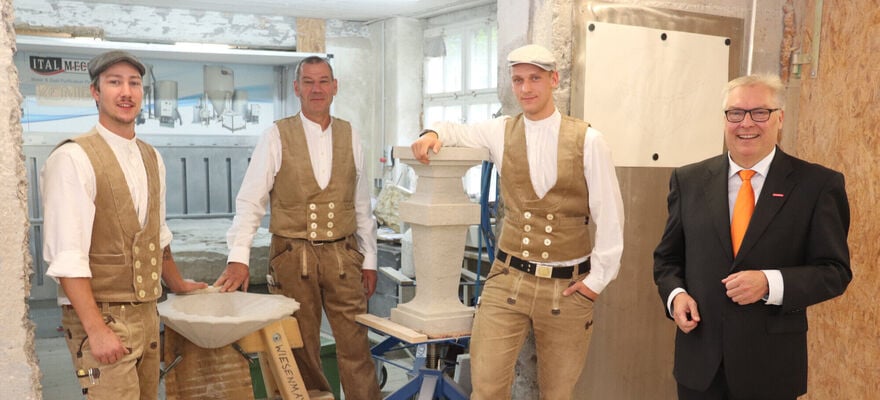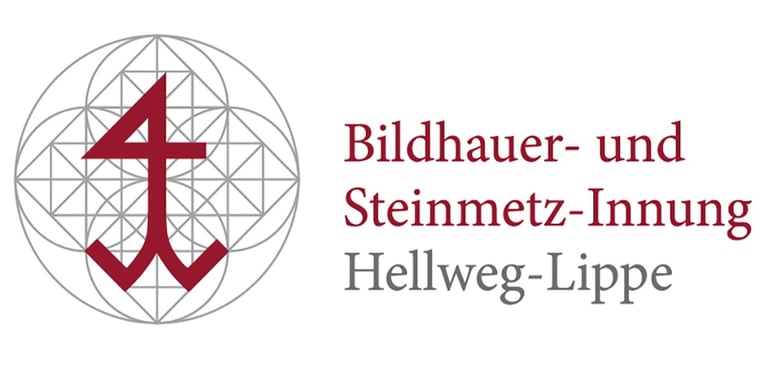The Innungs
In Germany, there is a special institution that governs and organises the stonemasonry profession. Somewhere between a chamber of craftsmen and a guild, we take a look at the Innung.
CULTURE PIERRE
Louis Dutrieux
8/20/20222 min read
When we first started job hunting, we developed a simple strategy. First of all, we scouted around using the web and the information we gleaned. Then we set aside a day to go on a 'tour of companies' that look interesting to us.
There are two advantages to this method. It allows us to discover the city, its districts, its atmosphere and its different workshops. But also, if you don't speak the language, it's much easier to get an interview. You never leave a company empty-handed. Even though they don't necessarily have any work to do, we always get a flavour of what they do, the type of stone they use and how they are organised. Most of the time, the person we're talking to offers to help by giving us another company address, sometimes a few kilometres away, sometimes in another part of the country. This ballet could well take us all the way to China...
One of the craftsmen who helped us the most must have been one of the first people we met. As our German was still very coarse at the time, it was enough to make our intentions clear. Not having any work to give us, he had us search the Internet for the term Verband (association or federation in French.) Among the range of establishments presented on the website, they had recommended a few to us. For us, this help will be much more than just recommendations. In fact, this man revealed to us the way in which artisans are organised locally.
The term Verband became a reference point for our research in Germany. The study was enriched and our search for employment became simpler, with a little more interest in the organisation of the craft industry in the country.




Observations and research have shown that the German craft industry is structured around two bodies in particular. The first is the Innung, or corporation in French, and the second is the chamber of trades, known as the Handwerkskammer in German.
The Innung is primarily responsible for the transfer of professional knowledge and training, but also for the ethical and professional conduct of its members. A federal body governs the Innung in each Länder, which in turn represent local sections. This association appears to be a body for protecting customs within the craft professions. It is the cultural legacy of a craft organisation revived at the end of the nineteenth century in Germany. Membership of the Innung des artisans is not compulsory, unlike the Handwerkskammer, the equivalent of the French chambres des métiers. These state institutions defend the interests of the craft industry. They also offer various services such as technical, economic and legal advice, as well as advice on vocational training. Like the Innung, this organisation is represented at federal, Länder and local level.
Our current location in southern Germany has brought us into close contact with Rudolph Hermann, Landesinnungsmeister (Guild Master) of Bavaria. We hope to be able to speak to him soon to find out more about these innungs, and also about the situation of the profession in Bavaria and Germany.




Follow the project ...
Editorial by the La Route de la Pierre team
©️La Route de la Pierre | Legal Notice | Privacy Policy | General Terms and Conditions of Sale
